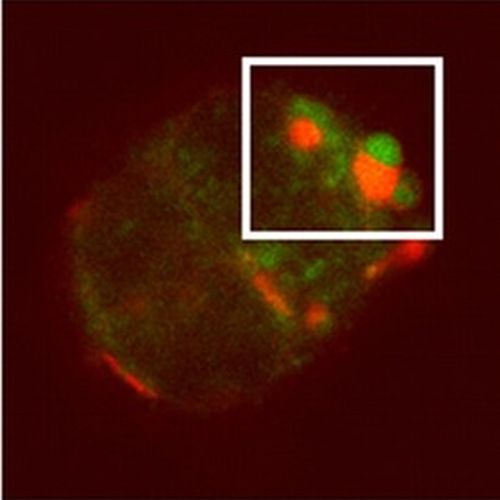Generation of cubic membranes by controlled homotypic interaction of membrane proteins in the endoplasmic reticulum.
Cell membranes predominantly consist of lamellar lipid bilayers. When studied in vitro, however, many membrane lipids can exhibit non-lamellar morphologies, often with cubic symmetries. An open issue is how lipid polymorphisms influence organelle and cell shape. Here, we used controlled dimerization of artificial membrane proteins in mammalian tissue culture cells to induce an expansion of the endoplasmic reticulum (ER) with cubic symmetry. Although this observation emphasizes ER architectural plasticity, we found that the changed ER membrane became sequestered into large autophagic vacuoles, positive for the autophagy protein LC3. Autophagy may be targeting irregular membrane shapes and/or aggregated protein. We suggest that membrane morphology can be controlled in cells.

- J. Biol. Chem. 2009 May 1;284(18):12041-8
- 2009
- Cell Biology
- 19258319
- PubMed
Enabled by:
